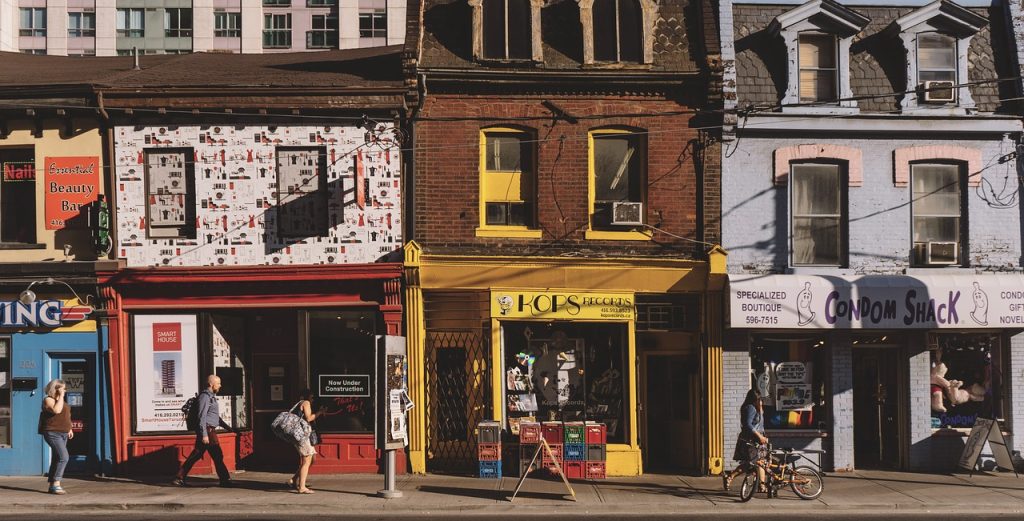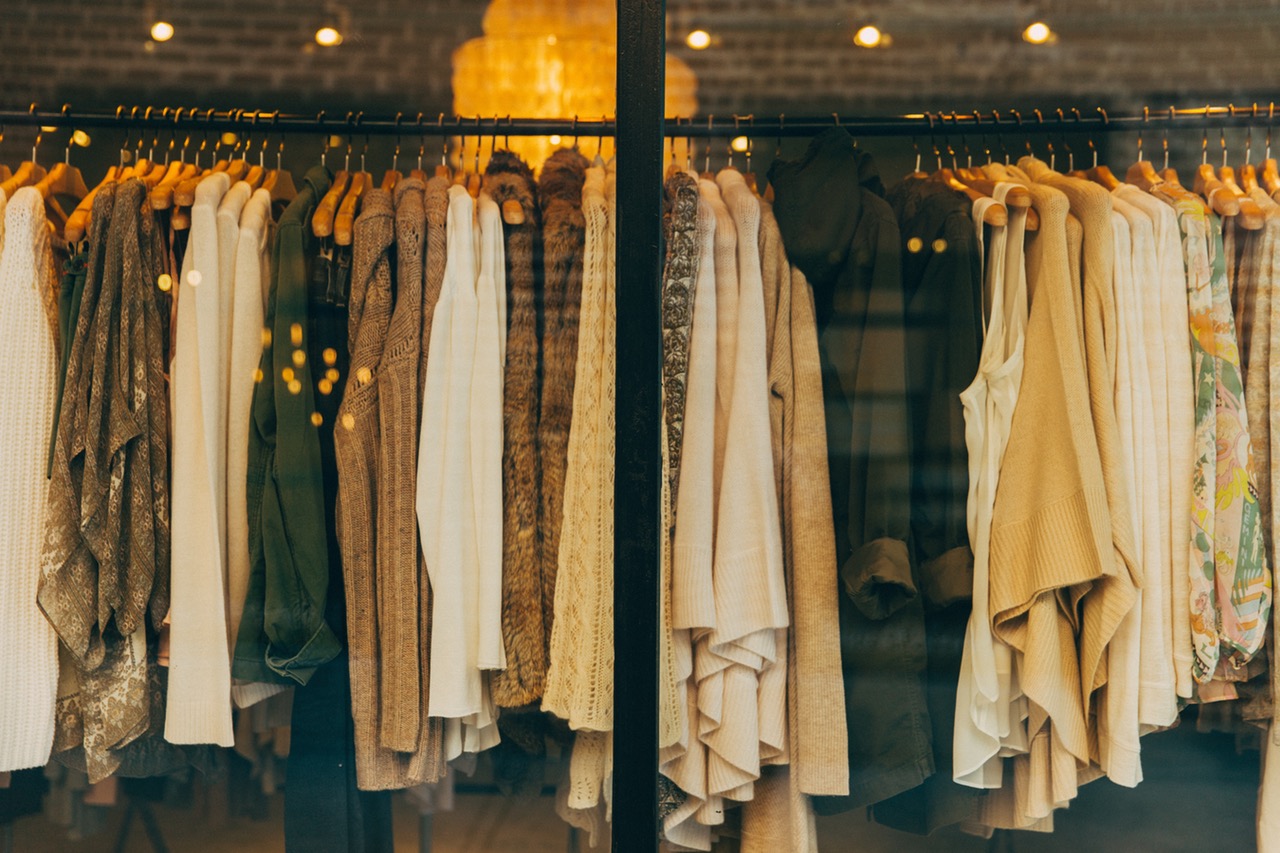One of the biggest disadvantages that traditional brick-and-mortar retail stores have in comparison to their online counterparts is the fact that they have a limited reach. Although certain big retailers can reach out to a very wide range of customers from far away, even that has a limit. Smaller offline retailers mainly depend on a specific and mostly local customer base to make their sales. In spite of that limitation, though, many traditional retail stores are still flourishing today, even in this age of online shopping. Let us now take a look at some of the strategies that these successful retailers often employ to boost and maintain high sales figures.

The Pricing
Pricing your items right is the key to keeping customers, but in one’s zeal to offer the cheapest deals in the area, it is not uncommon for retailers to suffer losses both in the short run and in the long run. It is imperative that you calculate your overheads and other expenses in addition to the cost price of a particular item before putting a price tag on it. While your prices should be competitive, they should not be so low that you end up losing money instead of making it.
Highlighting
Impulse shopping is responsible for more sales than an inexperienced retailer might think. Use swing tags to highlight special products, discounts and offers or focus on a particular product that you want shoppers to see with a spotlight. Use of promotional videos throughout the store with strategically placed displays is also an excellent idea to instigate impulse shopping, as well as making shoppers aware of what you want them to be aware of.
Rapport
As mentioned earlier, since your store is a brick-and-mortar establishment, your client base is somewhat local and chances are that they will return again when they need something, provided that your employees managed to make a good impression on them during their first visit. While it goes without saying that the experience of all your customers should be pleasant, it should go beyond that and become a bit personal as well, when possible. What this means is that the employee who is attending to the customer should be more than just a nameless store attendant. If he/she is able to connect with the shoppers in a way that they remember him/her by name and rely upon that person to make purchasing decisions, you have just found an asset that you don’t want to lose.
After Sales
When someone buys something from a store, that person is buying from you and not the manufacturer. This is an important fact to remember because small retailers often do not provide the same level of support to their customers once the goods are sold that customers expect them to. It is true that appliances and electronics have a manufacturer warranty on them, but if the customer is facing a problem within a short time of purchasing an item from your shop, try to help them as best as you can by acting as a mediator between the customer and the manufacturer to speed up the repair/replacement process. Word of mouth is a stronger marketing tool than people realise nowadays. If the grieving customer had a pleasant experience with you while he/she was in distress, that person will recommend your store to other people with a positive feedback and that’s powerful marketing for you right there.
The answer to the question in the title is yes; there are multiple ways to boost sales in offline retail and not just the ones mentioned here. You should also make your shop as appealing and comfortable for shoppers as possible, invest in both online and offline marketing, run a promotional campaign and maybe even open up an online store to reach out to a much wider range of potential customers. At the end of the day, it all comes down to your budget and the nature of your retail business.



 Bitcoin
Bitcoin  Ethereum
Ethereum  Tether
Tether  XRP
XRP  Solana
Solana  USDC
USDC  Cardano
Cardano  TRON
TRON  Lido Staked Ether
Lido Staked Ether  Avalanche
Avalanche  Toncoin
Toncoin